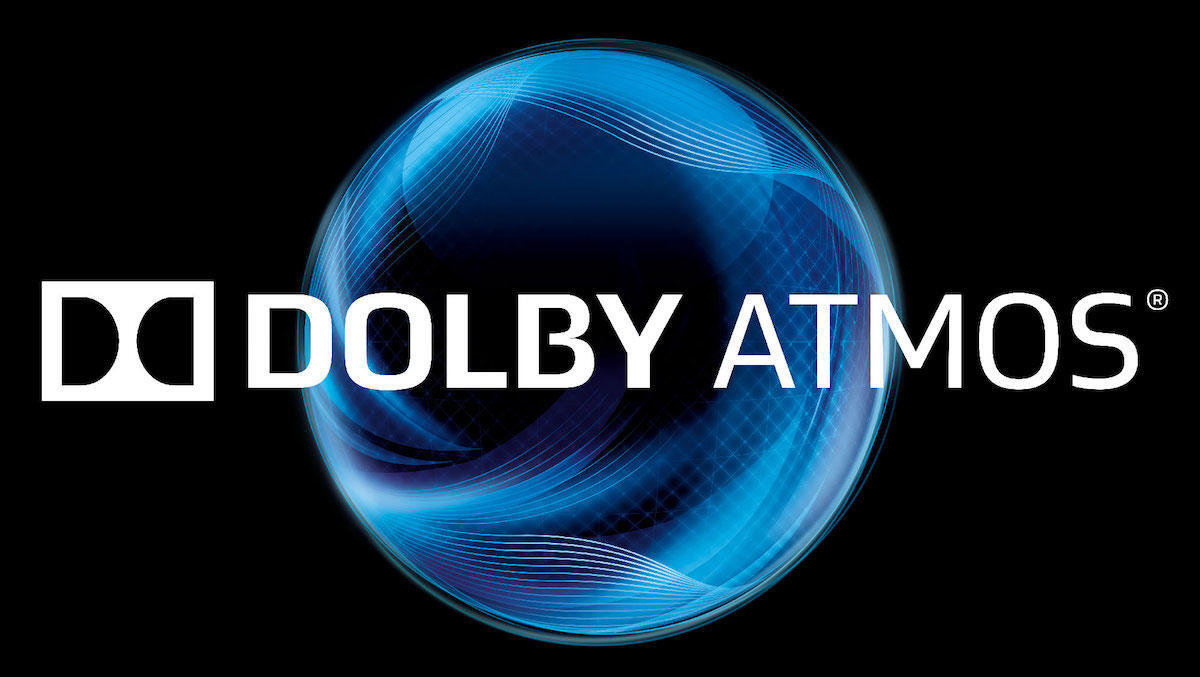A good movie experience comes down to two things – great pictures and awesome sound. With 4K and HDR handling the former pretty darn well, it’s down to 3D audio formats such as Dolby Atmos to make sure the sound side is up to scratch.
You might have heard of Dolby Atmos in cinemas, but the format is arguably making more moves at home now, thanks to an ever-increasing number of Blu-ray discs arriving with Atmos built in. Now, with Netflix adding support for the format too, it’s about to become an absolute must-have in your home-cinema setup.
But what is it, exactly, and how do you get it? Read on for all the details you need.
WHAT IS DOLBY ATMOS?

Not just that, but Atmos actually changes the whole process of how sound is divided up amongst your speakers. Instead of directing chunks of sound to different speakers, each individual sound can be made into an “object”, which can then be more carefully placed and moved around, exactly where the director wants it to be.
This allows directors to use sound much more creatively than ever before. This means introducing characters from off-screen by their voice alone, swooshing helicopters over your head or drawing your attention to something important without having to point the camera at it to say “LOOK AT THIS, IT’S IMPORTANT TO THE NARRATIVE”.
HOW DO I GET IT?
At home, unless you’re the lucky owner of a mansion and full-sized cinema room, 64 speakers is going to be a bit of a squeeze in your lounge. Fortunately, it’s been scaled down for home use, adding either an extra two, or an extra four speakers to the biggest traditional setup.
For the best results, these additional speakers are placed in your ceiling, but not everyone wants to go tearing down their house to upgrade their sound system. Instead, you can invest in upwards firing speakers that sit on top of your traditional surround speakers and bounce sound off the ceiling to create a similar effect.
You’ll also require a Dolby Atmos-capable home cinema amplifier to control the sound, which the likes of Sony, Onkyo, Pioneer and Yamaha offer in their entry-level receivers.
Not wanting to go full amp and speakers? Atmos is also being built into soundbars, which instead use carefully placed drivers to aim the sound around your room. Take a look at the Yamaha YSP5600, Samsung HW-K950 or LG SJ9 for inspiration, but don’t expect much change (if any) from about R26,000.
WHAT CAN I WATCH?
The Atmos content available has ramped up over the past year or so, and there are now a large number of Blu-rays available that feature an Atmos soundtrack (you can keep up to date with any additions on Dolby’s website).
The first was Transformers: Age of Extinction in 2014, but there are now many more (and, thankfully, better) titles to choose from, including new titles such as the award-winning La La Land and cult classics like Labyrinth.
Streaming is getting in on the act too. Netflix has announced it will be supporting the format with five original films coming in 2017. The first of those is already available – Okja – and Netflix is promising to grow its catalogue over time. You’ll need the priciest subscription to access it, though.